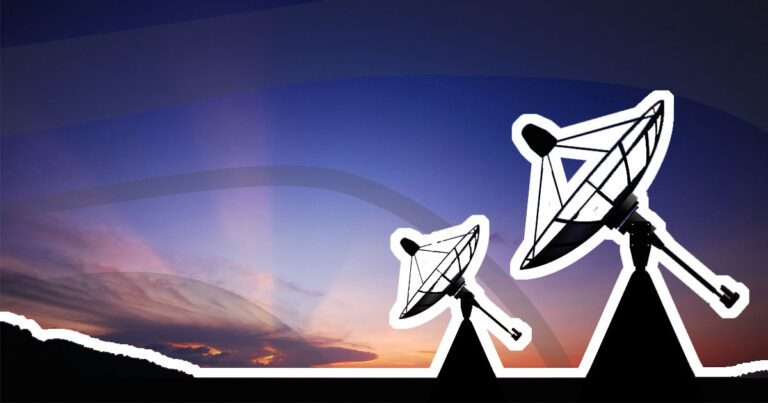Last week Telstra made its first Low Earth Orbit Satellite phone call as part of its cellular backhaul agreement with OneWeb. This marks movement in Telstra and OneWeb’s plan to transition hundreds of remote mobile base stations from traditional satellite backhaul, to LEO satellite backhaul.
LEO satellites (the same technology used by Starlink) are lower in earth’s orbit and therefore result in better latency and speeds. For comparison, satellite internet services like Sky Muster clock around 600ms latency while this is about halved to 317ms according to a speed test provided by Telstra from its new LEO site.
“The average bandwidth for these sites will increase at least 15x, and the average latency will reduce tenfold.” According to Iskra Nikolova , Telstra Executive for Network and Infrastructure.
Notably Starlink’s average latency was 59.78ms in quarter two, 2023.
In a press release, Cyril Dujardin, Co-General Manager of Eutelsat Group’s Connectivity Business Unit said the company will continue to collaborate with Telstra to deploy current and future technology. This future technology hints towards fixed broadband services similar to Starlink.
In June last year Telstra said the OneWeb agreement would let it offer fixed broadband services to regional Australia which could be an alternative to both Sky Muster and Starlink. The telco has also signed on to provide internet and home phone coverage with Starlink, which were planned to be available late 2023 but have not yet eventuated.





